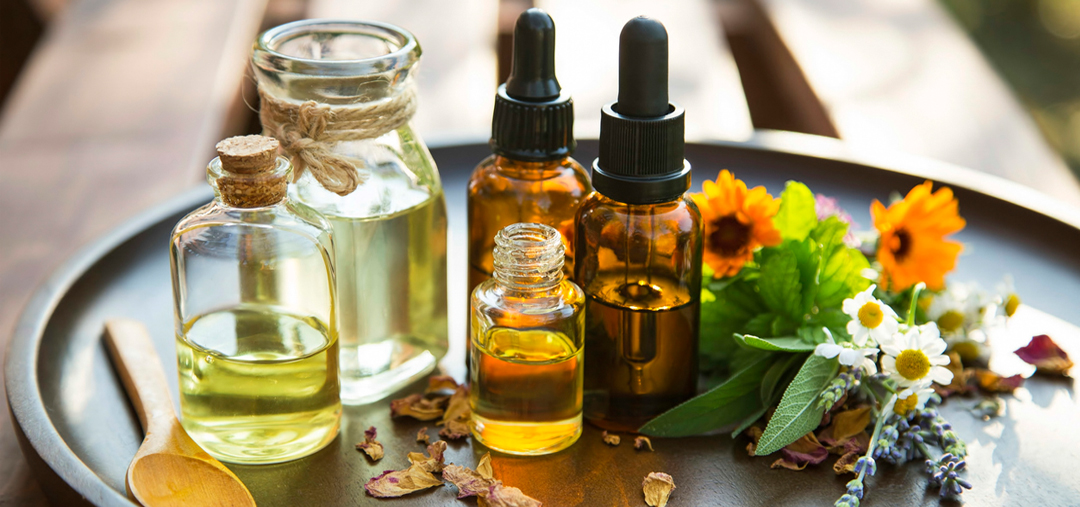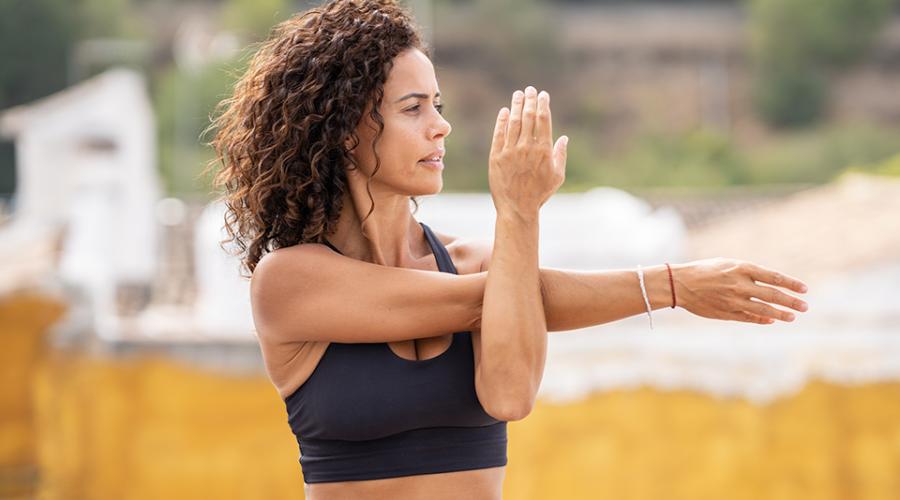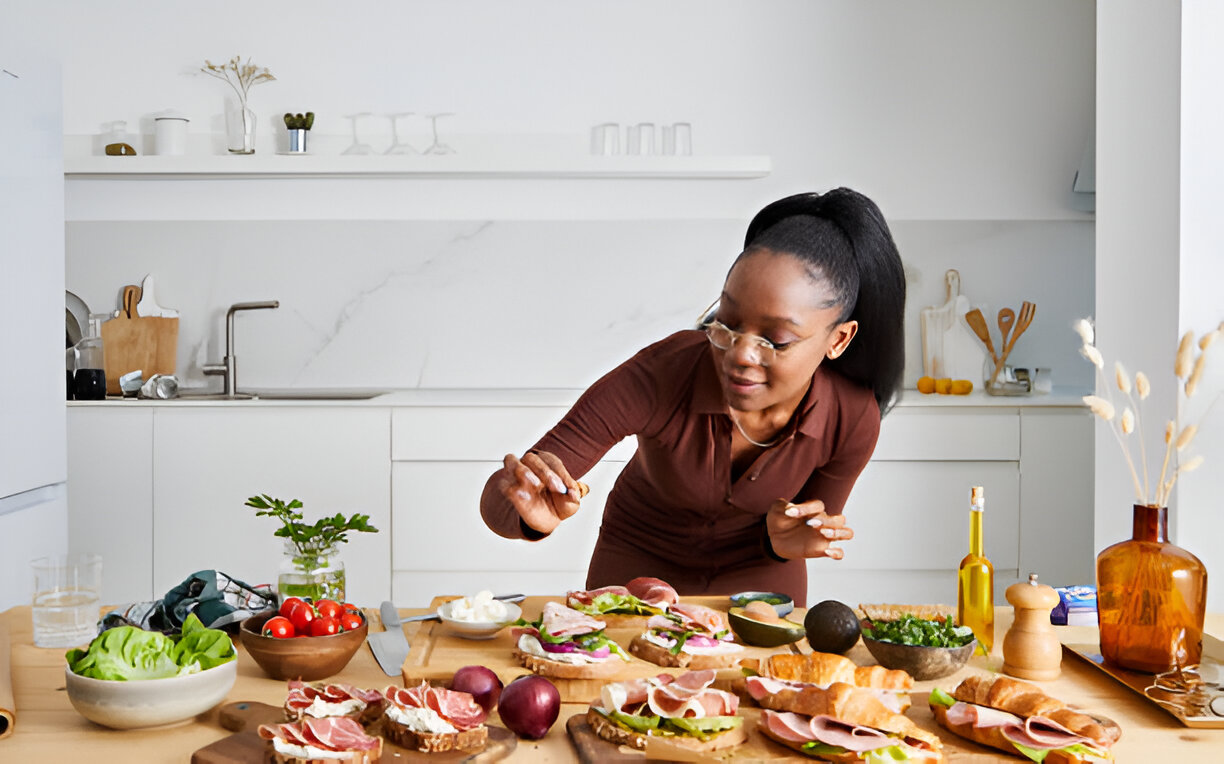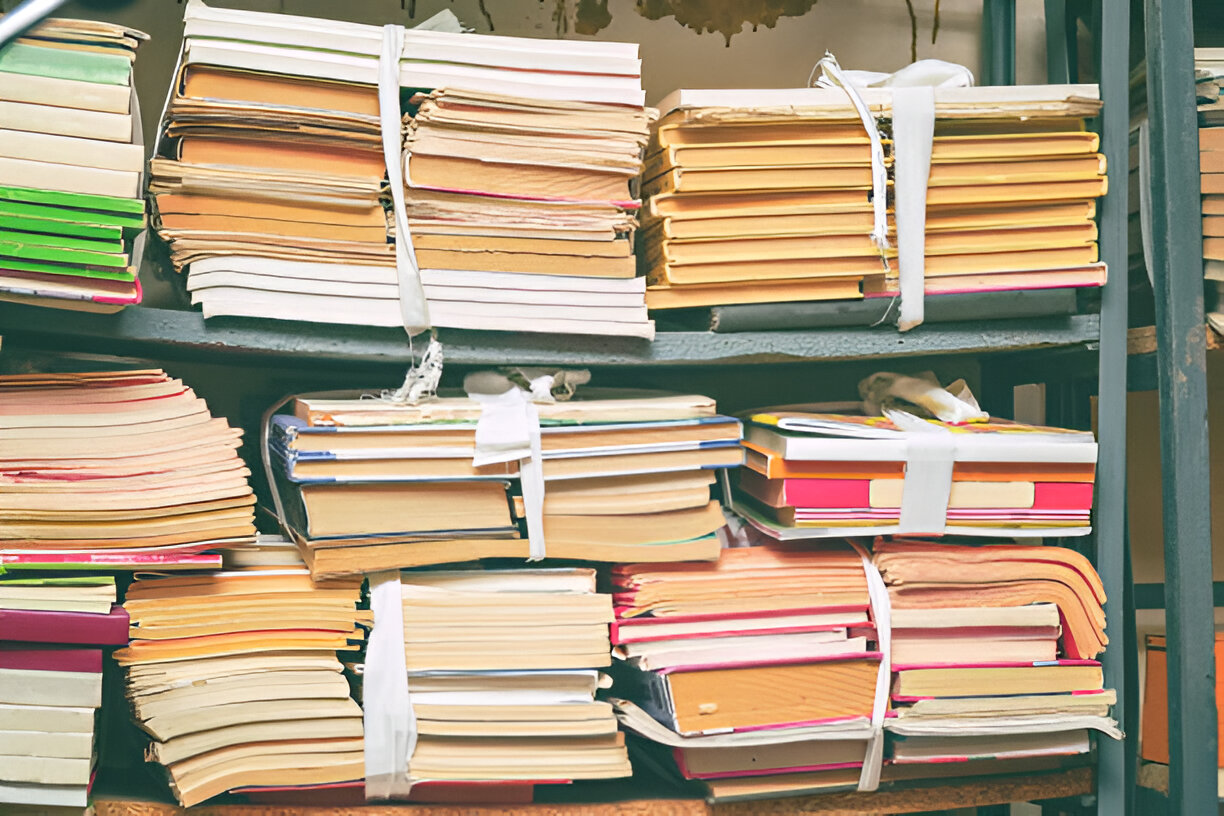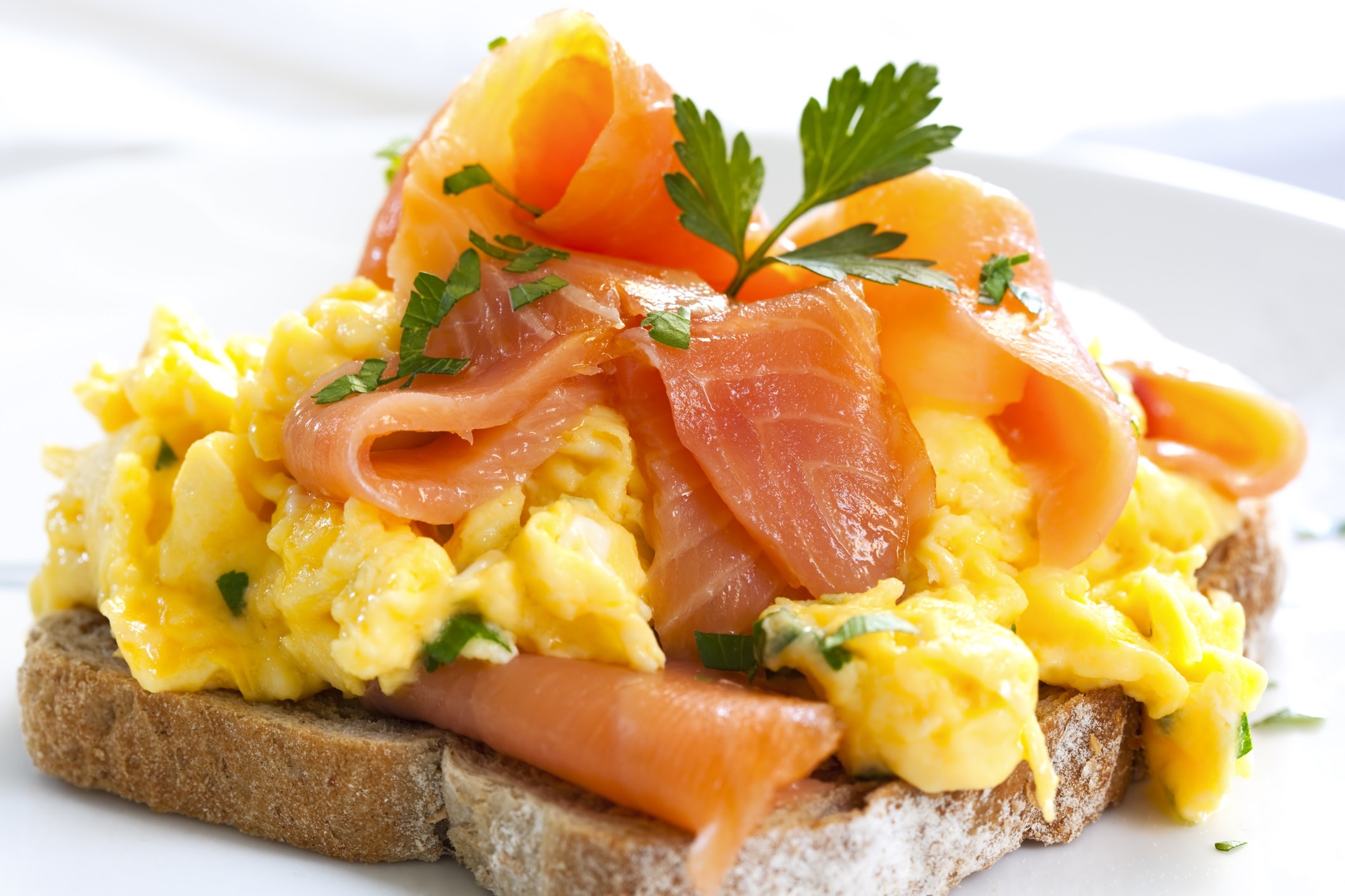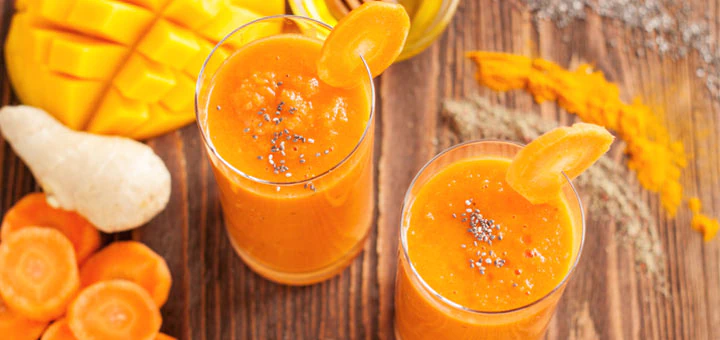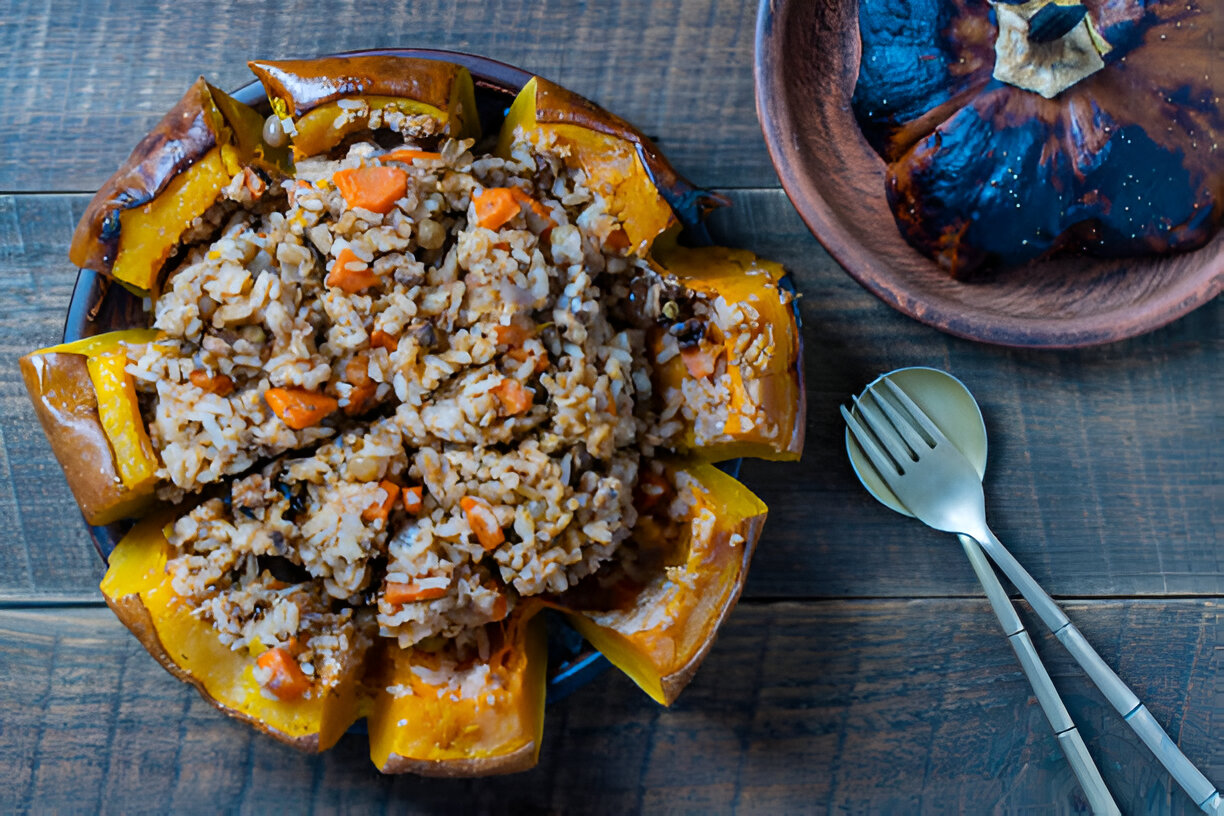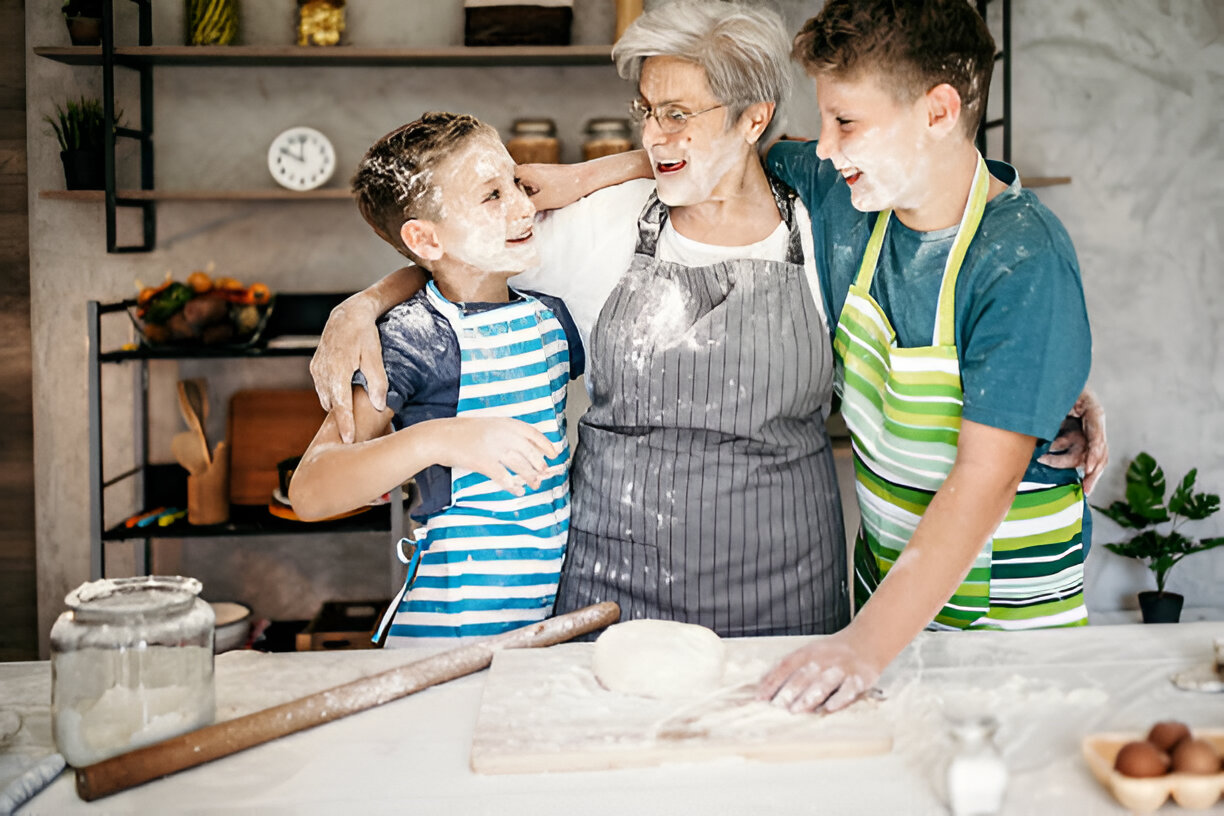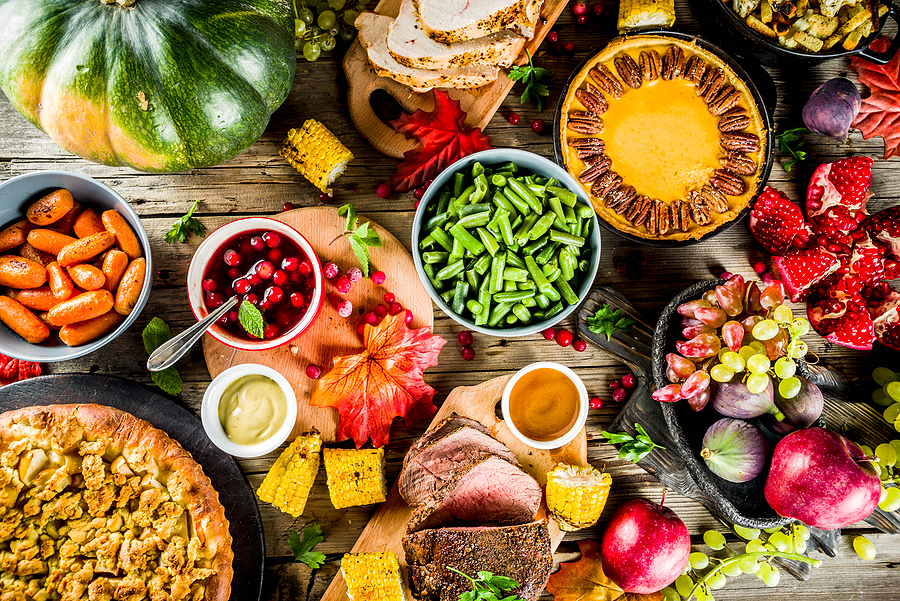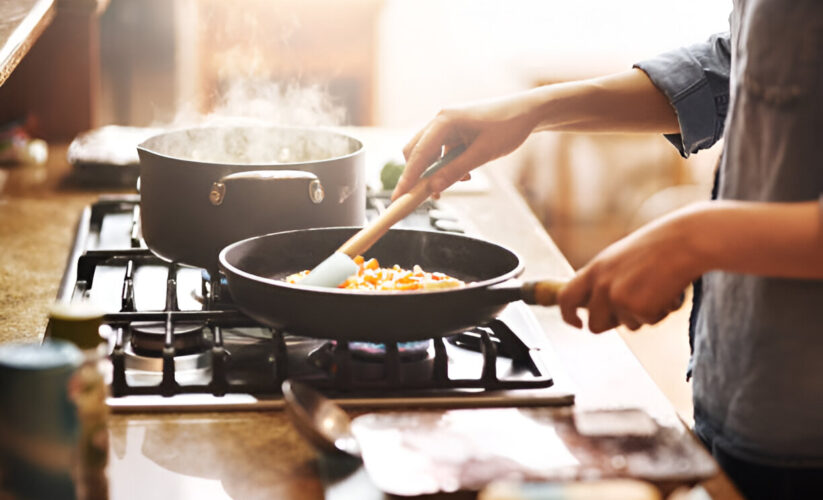

You've heard the rumors. Cooking your morning eggs on an aluminum skillet may lead to Alzheimer's disease down the road. Those pretty copper pots leach poison into your food. And nonstick pans? Not worth the convenience. They may cause cancer.
The facts about pots and pans, however, tell a different story. Current studies have all but exonerated aluminum cookware from any connection to Alzheimer's. Most have an anodized surface that reduces the amount of metal seeping into food. You won't easily find a saucepan made of pure copper (which can leach into food and cause gastrointestinal problems) without a protective stainless steel finish -- unless you are rummaging in Grandma's attic. As for brands like Teflon, research indicates that most Americans have trace levels of perfluorooctanoic acid in them. This potentially carcinogenic chemical is used to make nonstick coating, but the jury's still out as to how it enters our bodies (environmental pollution, more than home cooking, may be to blame). To reduce risk, avoid damaging the nonstick surface and don't use the pan on high heat.
Cookware safety often relates to factors in your control: the quality of the pots you buy, their care, and choosing the right pan for the job. A cast iron skillet browns meat beautifully, for instance, but reacts with certain acidic foods, such as tomatoes, altering the taste of ingredients. Knowing your cookware is your best bet for cooking well -- and safely.
(From left to right)
Carbon Steel
Pros
Heats quickly and withstands high temperatures; good for high-heat searing, stir-frying, and low-fat cooking. Imparts iron, a necessary nutrient, to foods.
Cons
Reacts with acidic foods to alter taste.
Washing Up
Hand wash with hot water and sponge (no soap or scouring pads), dry thoroughly, and treat with cooking oil to maintain surface.
Extra Care
Season before first use to create a nonstick surface and prevent rust.
14-inch wok: $15 to $59
Copper
Pros
Precise control and fast, even heating helps with soups, stocks, and cream- or egg-based sauces. Stainless-steel lining provides durable, nonporous finish and keeps copper salts out of food.
Cons
Can be pricey. Long-simmering acidic foods may damage protective coating.
Washing Up
Hand wash with mild soap and water.
Extra Care
Polish with a salt-and-lemon-juice paste to maintain shine.
3-quart pot: $80 to $300
Anodized Aluminum
Pros
Anodizing creates a hard finish that resists scratching and sticking, reducing the leaching of metal into foods. It doesn't react with acidic ingredients such as tomatoes, lemon, and rhubarb.
Cons
Can't use with induction ranges, which require a magnetic-based material, such as steel or iron.
Washing Up
Hand wash with mild soap and water.
4-quart saute pan: $35 to $185
Enameled Cast Iron
Pros
Heats and cools slowly, distributing heat well for stewing and caramelizing. Nonreactive.
Cons
Heavy.
Washing Up
Dishwasher safe.
Extra Care
Avoid high heat and metal utensils -- they can damage enamel.
5.75- to 6.75-quart French ovens: $110 to $220
Cast Iron
Pros
Heats and cools slowly, distributing even heat; perfect for browning, frying, and baking. Provides a relatively nonstick surface, if well seasoned. Like carbon steel, it imparts iron to food.
Cons
Reactions with acidic foods can alter taste and discolor pan.
Washing Up
Hand wash with hot water and stiff brush (no soap). Dry thoroughly and treat with cooking oil to maintain surface.
Extra Care
Season before first use.
10.5-inch skillet: $12 to $22
Nonstick
Pros
Allows for low-fat cooking with less oil and butter. Easy to clean.
Cons
Doesn't brown food well.
Washing Up
Dishwasher safe.
Extra Care
To prevent coating from eroding or flaking into food, use low or medium heat only and avoid using abrasive cleaners, metal scourers, or metal utensils. Overheated pans can emit irritating or poisonous fumes, so never leave dry or empty nonstick cookware on hot burners.
8-inch stainless nonstick skillet: $15 to $100
Want more tips for a healthy kitchen?
Stock up with these
healthy food staples
.
Learn how to
buy better groceries
.
Get
10 steps to a healthy home
.
Text by Jennifer Roberts; photograph by Kate Sears
First Published: September 2007







